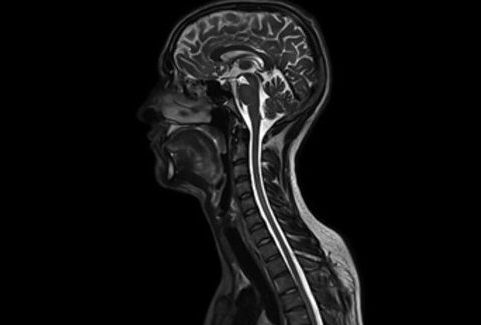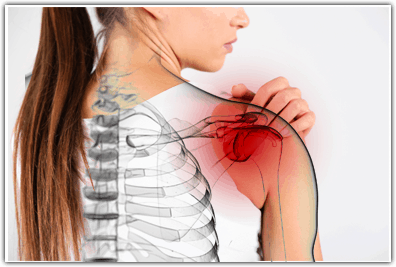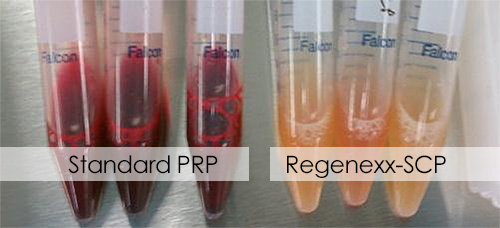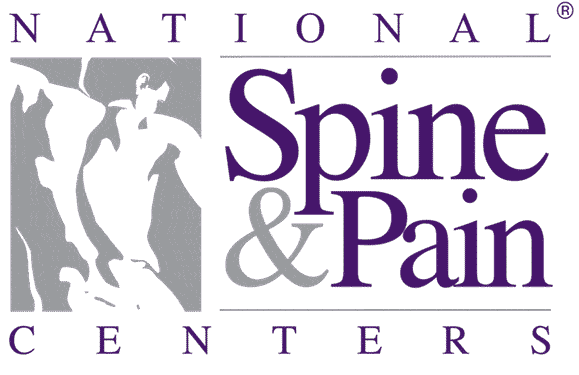
Feb 22, 2019 | Blog, Hip
Advances in technology have enabled us to see things on MRIs today that we would never have been able to see even 10 years ago.
For cancer patients, that can mean the opportunity to seek treatment earlier with better outcomes. But in the field of orthopedics, in some cases, better imaging might be considered too much of a good thing.
This may be especially true for those for whom an MRI reveals a tear in their hip labrum. The labrum forms a lip around the socket part of the ball-and-socket hip joint and helps stabilize the structure. Similar to the meniscus in the knee, it can tear—often as the result of wear and tear as we age.
Yet it is important to note that labrum tears do not necessarily cause hip pain. Some patients with tears do not report any pain. And although numerous studies have demonstrated this, many patients whose MRIs reveal a tear are told they need surgery.
Even those patients who do report hip pain might be surprised to learn that a labral tear is not the cause of their pain anyway.
Other Causes of Hip Pain
The musculoskeletal system is a complex network of interconnected parts. In the hip region, this includes the sacroiliac (SI) joint, hip girdle muscles, ligaments, tendons and nerves. When there is instability in the three sacroiliac joints at the back of the hip (where the hip meets the sacrum or tailbone), patients may report hip pain or the sense that their legs are wobbly or loose.
The hip joint requires strong ligaments to help distribute forces from the leg to the spine. If these ligaments are damaged, their strength is compromised. In addition, all of the body’s lower extremities are supplied by nerves that branch off of the spinal column in the lower back. Issues such as a herniated or bulging disc, arthritis, degenerated disc or spinal stenosis could affect those nerves and cause pain from the hips down.
So before you are talked into surgery to repair a torn hip labrum, contact us. If you are experiencing pain, we will do a thorough exam and determine if the source of the pain is the tear itself or other issues. In many cases, we will recommend platelet rich plasma injections from Regenexx®, which use a concentration of your own blood products to jump-start and significantly strengthen the body’s natural healing processes in the injured tissue(s) that may be the actual source of your pain.
Aug 10, 2017 | Hip, Journal Studies, Knee, Research, Stem Cell Procedures
One of the main questions that we get asked, is if our procedures are able to help those who have been recommended by their physician to receive a total joint replacement, and the answer is yes! Many people are afraid of the complications and hardware that accompany surgical procedures, which is understandable. We see many patients who are still experiencing pain after their total joint replacement.
Studies on Post-Surgical Pain
In a peer-reviewed journal published in 2011, researchers surveyed 632 total knee (TKR) and total hip replacement (THR) patients. 44% of total knee and 27% of total hip replacement patients reported experiencing pain (of any severity) months to years after their procedure.; with 15% of TKR and 6% of THR patients experiencing severe to extreme, persistent pain. Major depression, and referred pain in other body parts was found to be common in patients with severe pain. Total joint replacements are not small medical procedures, so while it is common for some patients to feel some pain, more persistent and severe pain can occur in others and affect mood and other body parts.
StemCell ARTS Solution
At StemCell ARTS, we are able to provide patients with minimally invasive alternatives to surgery. We are seeing more patients actively trying to avoid total joint replacements, and we hope that we can help! Our stem cell and platelet procedures contain powerful growth factors to help heal sprains, tears, and slow down the progression of arthritis. Make our appointment with us today, to see if you are a good candidate to avoid surgery!

Jul 27, 2017 | Hip, Osteoarthritis, Shoulder / Rotator Cuff, Stem Cell Procedures
Adhesive capsulitis, also known as ‘frozen shoulder’ is a common condition that affects about 3% of the population. It affects the joint capsule and ‘freezes’ it so range of motion is greatly diminished. Often, frozen shoulders clear up within a year, for those with permanently restricted ROM, there are few treatments out there for them, especially if they suffer from arthritis as well.
Solutions Offered at StemCell ARTS
Those who wish to receive stem cell treatments and are diagnosed with adhesive capsulitis, do not make the best candidates. However, our physicians here at StemCell ARTS use a technique called “joint expansion injections” in an attempt to expand the joint in order for stem cells to proliferate in the joint. Expansion injections are typically performed in a set of three, one injection for three weeks. Patients come into the office where our physician injects the affected joint with 30cc or more of a saline and anesthetic solution under fluoroscopic guidance. The idea of these injections is to break the cycle of inflammation and contraction of the joint. No more than 2 hours afterwards, patients attend a physical therapy session where the therapist works on stretching and expanding the joint. This would typically be fairly uncomfortable, but the anesthetic from the injection helps counter the pain. After the series is complete, patients are often considered better candidates for the stem cell series because most, if not all, of their range of motion has returned.
Check out our website to see if we can help with your shoulders!

Jul 14, 2017 | Articles by Body Part, Elbow, Hip, Knee, Prolotherapy, PRP, Shoulder / Rotator Cuff, Stem Cell Procedures
Collegiate and even high school athletes are intense. They practice and train extensively in hopes of obtaining scholarships or getting signed to a professional league. However, pushing a growing body to its limits has a downfall; they are more prone to injuries. Although their bodies heal faster, they are more likely to keep training on an injury despite their physicians and parents’ protests. This can ultimately exacerbate, the body part and cause more serious harm.
Treatment Plans
Athletes require non-invasive procedures that will allow them to return to training with little to no downtime. At StemCell ARTS, we are able to offer treatments that get these young athletes back into their sport within a few weeks! Experienced physicians here are able to create customized treatments plans with patients’ intense practice schedules in mind. Our doctors will also provide detailed rehab protocols post-procedure so patients do not overexert themselves. Minor sprains, strains and tears are often able to be treated with Prolotherapy or Platelet Rich Plasma. For those with more extensive injuries, our physicians might recommended our Stem Cell series.
See how our Regenexx procedures were able to help heal a college hurdler, who was given the surgery ultimatum!

Oct 14, 2016 | Articles by Body Part, Blog, Conditions, Hip, News and Events, Procedure Outcomes, PRP, Regenerative Treatments, Testimonials
52Thursdays is prominent fashion and lifestyle blog, covering both the east and west coasts. The blog has been featured in Northern Virginia Magazine and Brightest Young Things, among many others. The blog focuses on style, beauty, fitness, and travel. Sarah Phillips, co-founder of 52Thursdays, is located in the Northern Virginia area. She shares her experiences with local businesses, physical fitness, etc. with her followers. When reading her blog posts, it is easy to see that Sarah is a big fan of staying fit. Her go to source of activity includes CrossFit. However, she participates in numerous other physical activities to keep herself healthy. Her active lifestyle was threatened when she began to experience pain and locking in her hip area.
Sarah sought medical attention and was recommended a MRI to evaluate the pain in the hip. Sarah was discouraged when the MRI findings showed that she had suffered a labral tear. Hip labral tears are common injuries among athletes. Hyperflexion and squatting motions can result in mechanical injury to the labrum. Since squats are nearly unavoidable when participating in strength training, Sarah’s injury had begun to impact her exercise and fitness routine. Sarah decided to explore her options for treating the hip labral tear. She looked into Physical Therapy, activity modification, and met with some orthopedic surgeons to discuss surgical interventions. Her research led Sarah to Platelet Rich Plasma (PRP) and StemCell ARTS. Sarah has undergone two PRP treatments and is chronicling her experience with the procedures and StemCell ARTS. Sarah is showing signs of improvement and will follow up with StemCell ARTS six weeks following her last PRP treatment to evaluate her progress and determine next steps in treatment, if any further treatments are required. To read Sarah’s, more detailed, account of her injury and experience with StemCell ARTS, click the link below.
All Day I Dream About Squats

Jan 21, 2014 | Elbow, Hip, Knee, News and Events, Shoulder / Rotator Cuff, Stem Cell Procedures
As Regenexx Network Physicians, we’re part of the only stem cell treatment network to publish this type of analysis of patient outcome data. The analysis is made possible thanks to the massive numbers that have been accumulating for years in the Regenexx patient registry.
This patient outcome data is not part of a controlled trial. Every patient becomes part of a registry to track outcomes and any complications. This data is a compilation of patient input to the Regenexx Patient Registry at regular intervals following their Regenexx Procedure.





